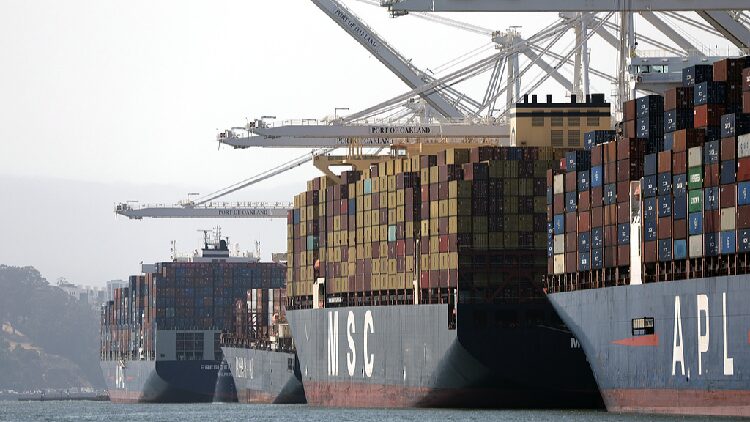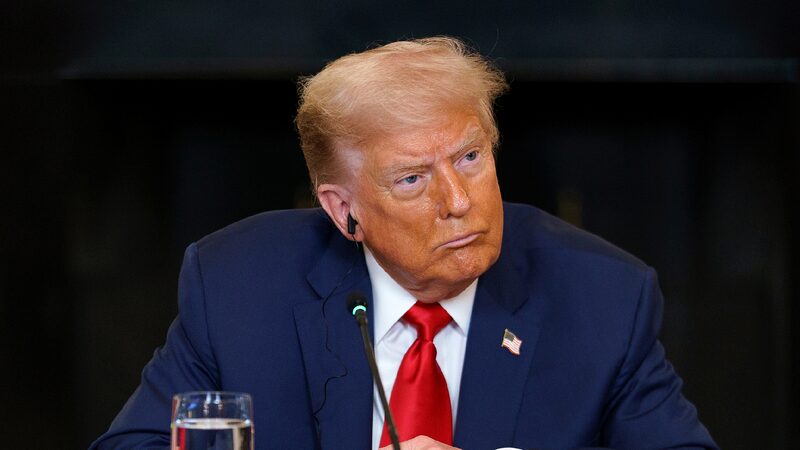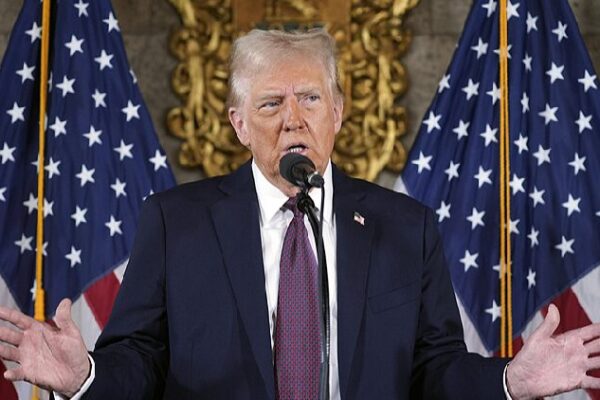In recent days, tensions between the United States and China have escalated sharply due to a series of tariff hikes, leaving many wondering why China is unwilling to back down.
Escalating Trade Dispute
On April 2, the U.S. imposed a 34% tariff on Chinese imports, following earlier increases from 10% in February to 20% in March. In swift retaliation, China matched these tariffs on U.S. goods by April 4. This tit-for-tat escalation continued with U.S. President Donald Trump imposing an additional 50% tariff on Chinese goods, bringing the total to a staggering 104%.
China responded decisively by raising tariffs on U.S. goods from 34% to 84%, placing 12 U.S. entities under export controls, and adding six companies to its “unreliable entity” list. Undeterred, the U.S. escalated further, raising tariffs on Chinese goods to 125% while announcing a 90-day delay for tariffs on other countries.
China’s Perspective on Trade Relations
Amidst the mounting tensions, China released a white paper outlining its comprehensive view of the bilateral trade relationship. The document emphasizes that economic ties should not be judged solely by the goods trade imbalance. Instead, it advocates for a holistic approach that includes goods trade, services trade, and local sales by each country’s enterprises.
According to the U.S. Department of Commerce, China’s share of the U.S. goods trade deficit has been declining for six consecutive years, dropping from 47.5% in 2018 to 24.6% in 2024. In contrast, the U.S. enjoys a substantial surplus in services trade. From 2001 to 2023, bilateral services trade surged from $8.95 billion to $66.86 billion. In 2023 alone, the U.S. had a $26.57 billion services trade surplus with China.
“China adopts a systematic way of thinking—looking at the whole picture,” said Gao Lingyun, a researcher at the Chinese Academy of Social Sciences. “The U.S., however, tends to focus only on aspects that seem unfavorable to itself, often exaggerating them while ignoring the benefits.”
Internal Challenges and External Pressures
Analysts suggest that the U.S. tariff strategy is a means of shifting blame for internal economic challenges. China views the U.S. actions as attempts to contain its innovation and development.
“By suppressing Chinese companies, the U.S. aims to limit China’s competitiveness in advanced manufacturing and force it into a follower role,” said Zhang Lianqi, vice president of the China Taxation Society.
China also points out that while it has consistently fulfilled its trade commitments, the U.S. has imposed multiple restrictive measures that China believes violate previous agreements.
A Call for Dialogue and Mutual Respect
Throughout the dispute, China’s stance remains clear: resolve differences through dialogue based on equality and mutual benefit. The Foreign Ministry stated, “China does not want to fight trade and tariff wars, but will not flinch when a trade and tariff war comes.”
At a recent World Trade Organization meeting in Geneva, China expressed serious concerns over the U.S. tariff measures, warning that they not only fail to address trade imbalances but also threaten to undermine global trade order.
China urges the U.S. to correct its course by canceling all unilateral tariffs and ending economic coercion. The door to negotiation remains open, but China emphasizes that talks must occur without extreme pressure or intimidation.
As the global community watches, the hope is that both nations will find a path forward that benefits not only themselves but the world economy as a whole.
Reference(s):
'Fight to the end,' why China won't back down from U.S. tariff hikes
cgtn.com








